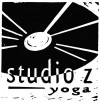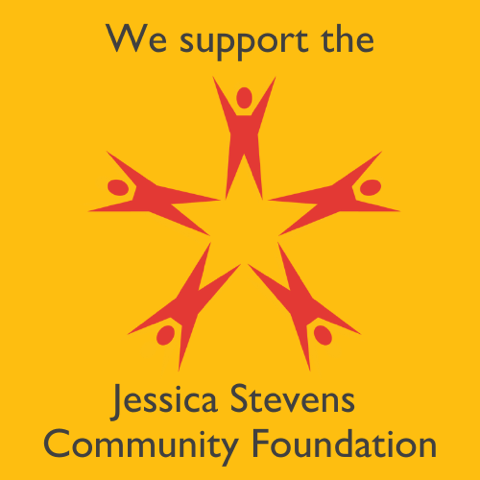Lately, I feel like I’ve been defining yoga by what it isn’t rather than what it is. Yoga is not about extreme flexibility, or doing advanced poses, or wearing fancy tights. Having a sanskrit tattoo, standing on your head or taking 5 classes a week will not make you better at yoga. That’s not to say you can’t do some or all of those things (I love standing on my head!) but they aren’t the essence of yoga.
The poses are a portal into the practice of yoga but it’s not the only one. For those of us in the west, the physical practice is the way most of us come to yoga. It’s what brought me to the mat. But it isn’t why I stayed on the mat.
If it’s not about the poses, what is it about? There are many books, teachers and schools of yoga that have answers to that question. Ultimately I think each person needs their own working definition. For me, it’s about noticing my response to stimuli, bringing awareness to my likes and dislikes, and challenging my very strong attachments to my physical body and my thoughts. It’s about having a lifelong practice that supports me regardless of my physical capacity. One that deepens my relationship to myself and others, and connects me to humanity.
Keep doing poses and keep exploring what they have to teach you. If you listen closely and are open to what they have to offer, you may be able to craft your own definition of yoga.

